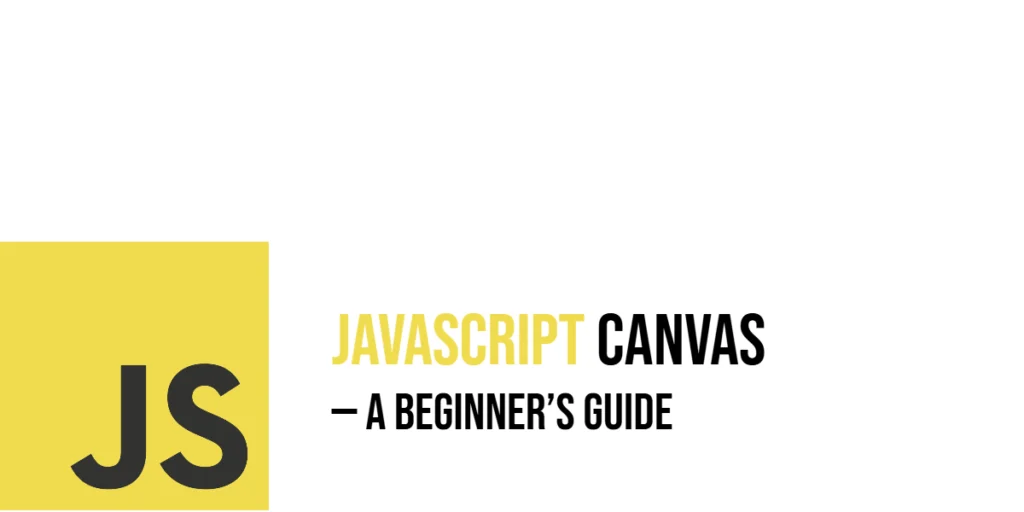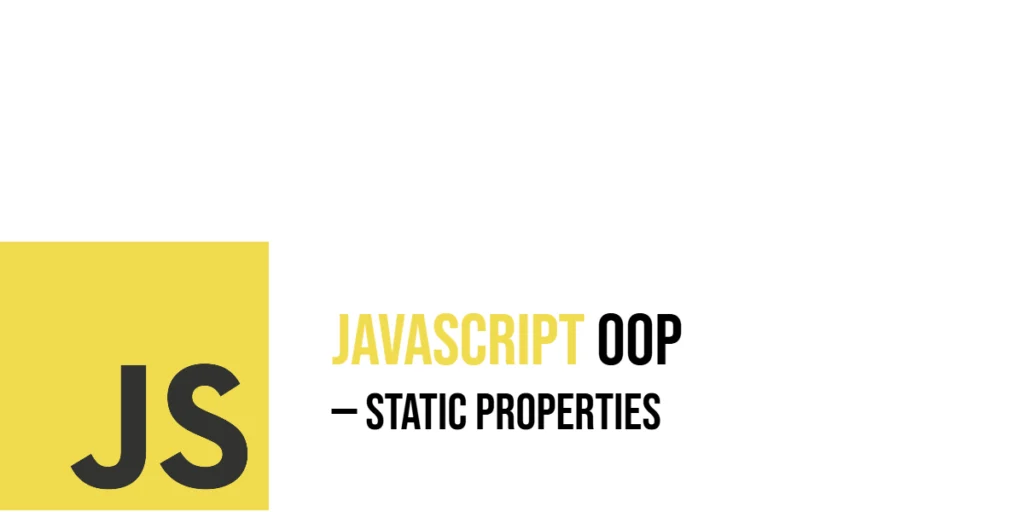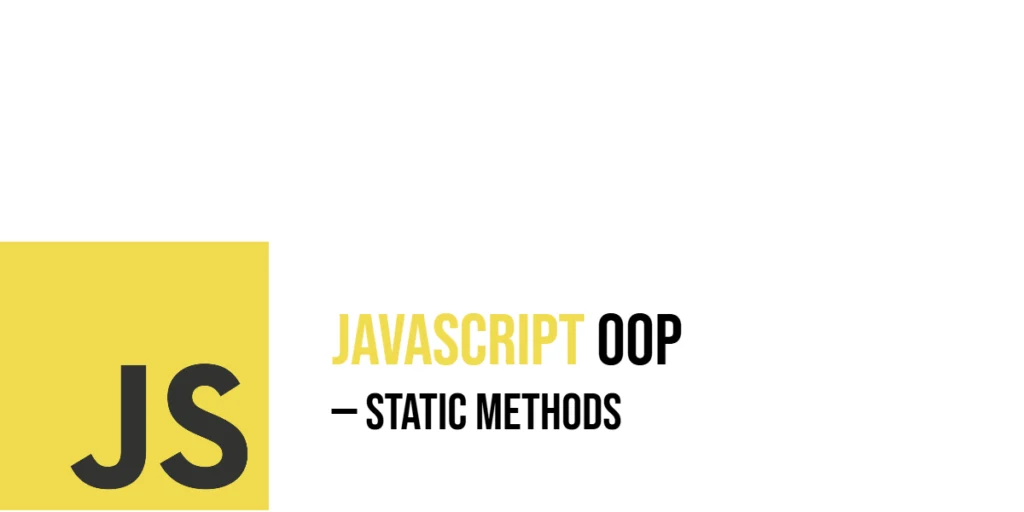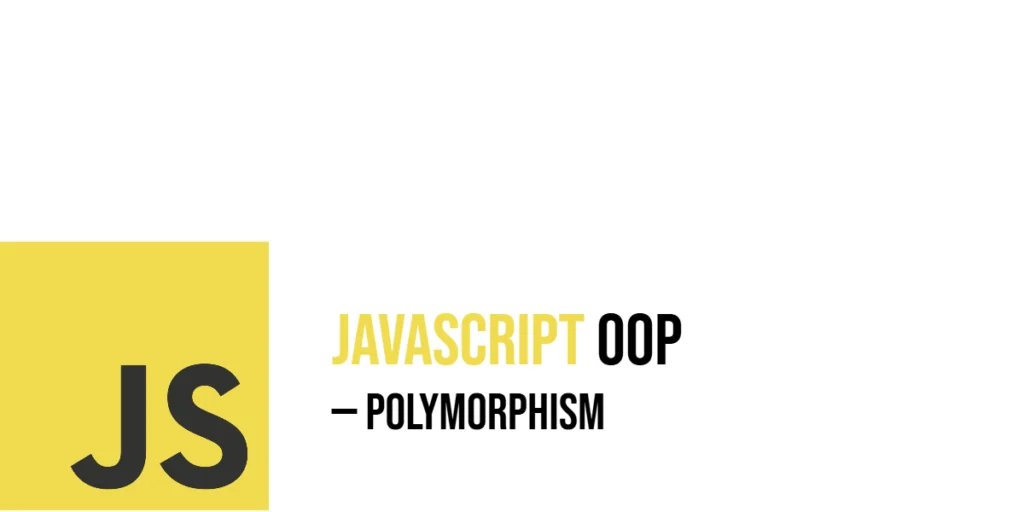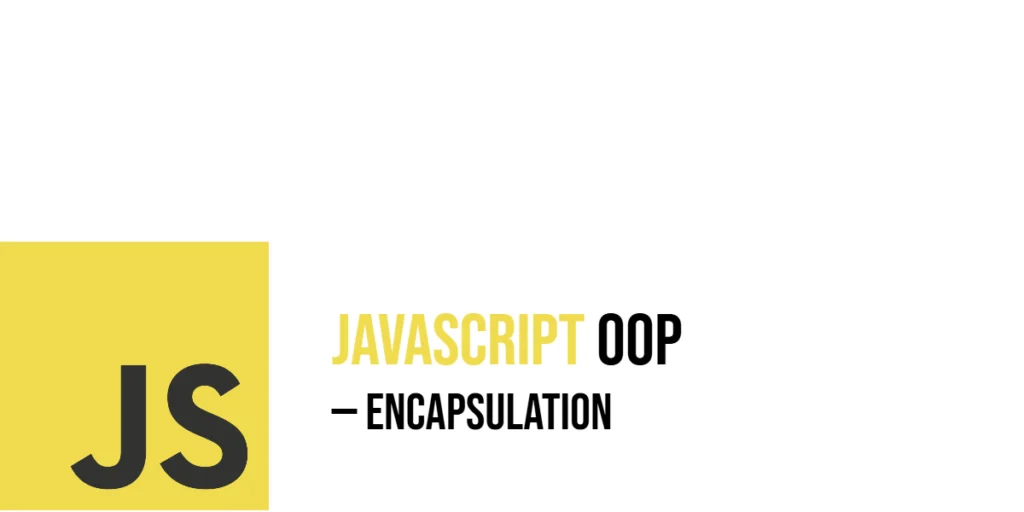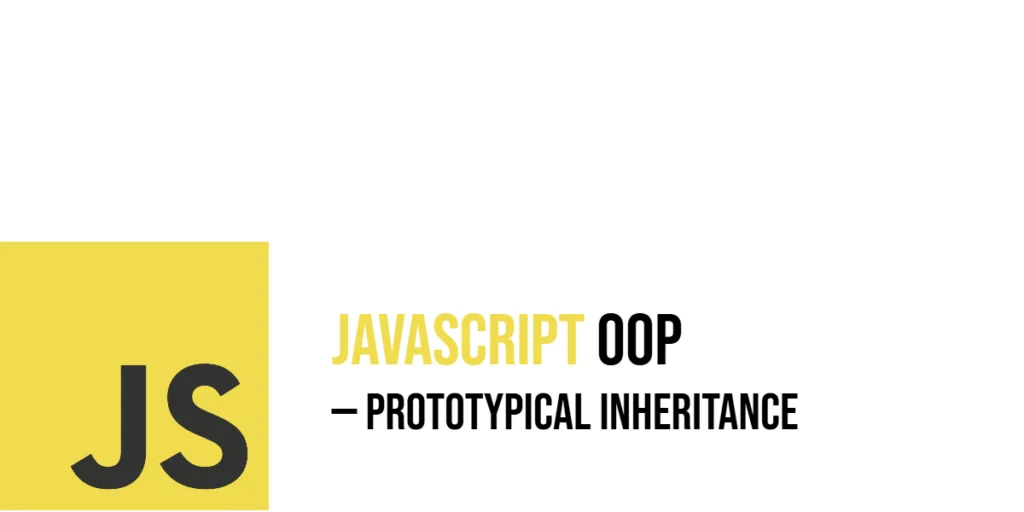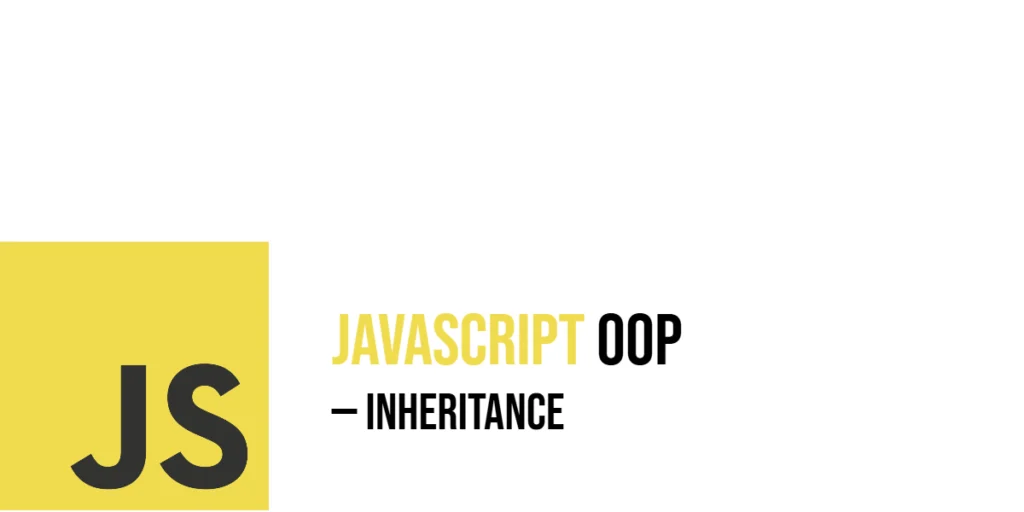JavaScript Canvas: A Beginner’s Guide
The HTML5 <canvas> element offers a blank canvas in the browser—literally—upon which you can draw shapes, text, images, and even animations. Instead of relying on static image files, canvas gives you fine-grained control pixel by pixel, enabling dynamic and interactive graphics. This guide will introduce you to the basics of setting up a canvas, drawing […]
JavaScript Canvas: A Beginner’s Guide Read More »
